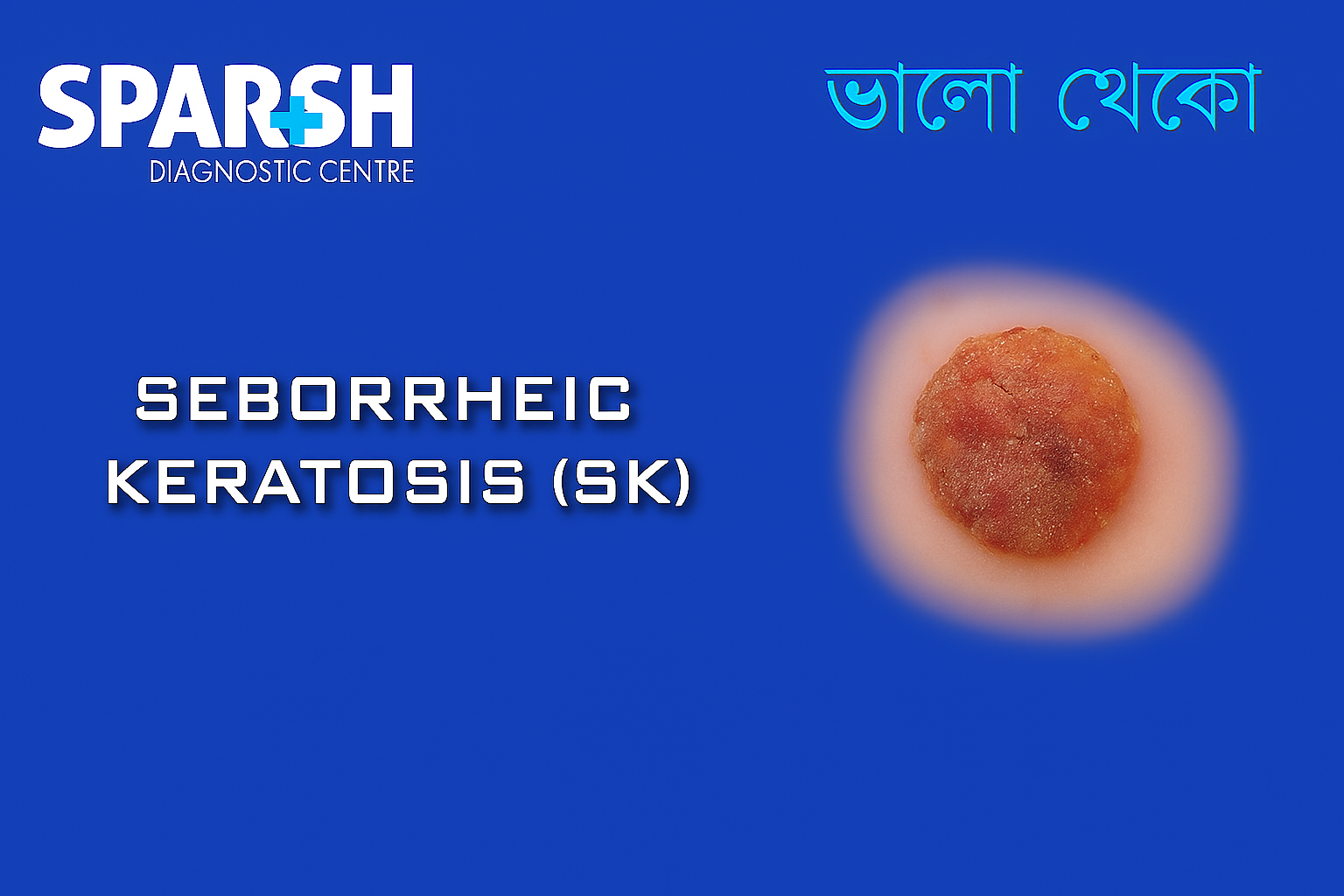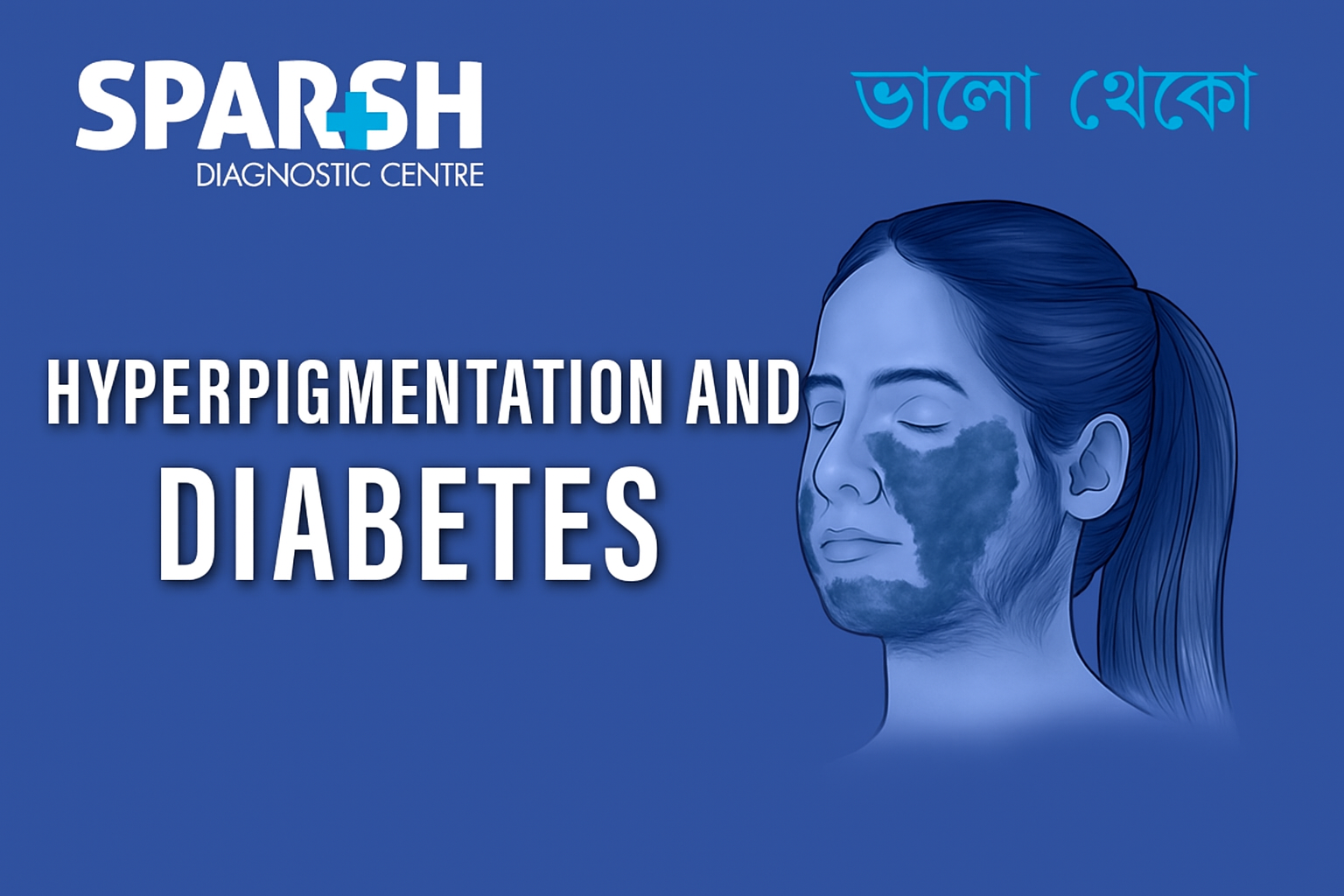Melanin is a word you’ve likely heard when discussing skin tone, sun protection, or pigmentation issues. But melanin is far more than just a coloring agent. This remarkable pigment plays crucial roles in how your body functions, especially in protecting your skin and eyes from harmful ultraviolet (UV) rays.
In this comprehensive guide, we’ll explore what melanin is, how it works, why it’s essential, and how it relates to health, beauty, and medical conditions. Whether you’re curious about hyperpigmentation, albinism, or simply want to understand how skin color is determined, this blog will cover it all.
What Is Melanin?
Melanin is a natural pigment found in most living organisms. It is produced by specialized skin cells called melanocytes, which are found in the epidermis, the outermost layer of the skin.
Melanin is responsible for:
Skin color
Hair color
Eye color
But beyond appearance, melanin serves a deeper biological function — protecting your body from UV radiation.
Types of Melanin
There are three main types of melanin in the human body:
1. Eumelanin
The most common type
Found in black and brown hair and skin
Offers the most protection against UV rays
2. Pheomelanin
Found in red and yellow hues of hair and skin
Less protective against UV rays than eumelanin
3. Neuromelanin
Found in the brain
Its exact function is not fully understood, but it’s believed to play a role in brain activity and neurological protection
How Is Melanin Produced?
Melanin production is triggered by a process called melanogenesis.
Here’s how it works:
Melanocytes in the skin produce melanin in response to sun exposure.
The amino acid tyrosine is converted into melanin with the help of an enzyme called tyrosinase.
The melanin is then stored in small sacs called melanosomes.
These melanosomes are transferred to skin cells, giving them their color and protection.
What Does Melanin Do?
1. Protects Against UV Radiation
Melanin absorbs harmful UV rays from the sun, preventing DNA damage that could lead to skin cancer. The more melanin you have, the more natural sun protection your skin has.
2. Determines Skin, Hair, and Eye Color
The amount and type of melanin in your body determine:
Dark or light skin tone
Brown, black, red, or blonde hair
Brown, green, or blue eyes
3. Supports Brain Health
Neuromelanin is found in certain parts of the brain, such as the substantia nigra. Loss of neuromelanin in this area is linked to Parkinson’s disease.
Factors That Affect Melanin Production
1. Genetics
Your genes largely determine the amount and type of melanin your body produces. This is why skin color varies widely across populations.
2. Sun Exposure
UV rays stimulate melanin production, leading to tanning. This is your body’s way of protecting itself from further UV damage.
3. Hormones
Certain hormones, such as melanocyte-stimulating hormone (MSH), influence melanin production. Hormonal changes during pregnancy or due to birth control may increase pigmentation.
4. Age
As you age, melanin production may become uneven, leading to age spots or graying hair.
5. Inflammation or Skin Injury
Injuries, acne, or eczema can lead to post-inflammatory hyperpigmentation, where the affected skin becomes darker.
Melanin and Skin Color: Understanding the Spectrum
The Fitzpatrick scale classifies skin color into six types based on melanin content and reaction to sun exposure:
| Skin Type | Color | Sun Reaction |
|---|---|---|
| I | Very fair | Always burns, never tans |
| II | Fair | Usually burns, tans minimally |
| III | Medium | Sometimes burns, tans uniformly |
| IV | Olive | Rarely burns, tans easily |
| V | Brown | Very rarely burns, tans very easily |
| VI | Dark brown/black | Never burns, deeply pigmented |
Melanin and Vitamin D: A Delicate Balance
While melanin protects against UV damage, it also reduces the skin’s ability to produce vitamin D from sunlight. People with darker skin may need more sun exposure or dietary vitamin D to maintain healthy levels.
Tip: If you have high melanin levels, consider getting your vitamin D levels checked regularly.
Common Conditions Related to Melanin
1. Hyperpigmentation
An overproduction of melanin in certain areas of the skin causes:
Dark spots
Freckles
Sunspots
Causes: UV exposure, hormonal changes, acne scars, inflammation
2. Hypopigmentation
A decrease in melanin leads to lighter patches of skin. Examples include:
Vitiligo
Albinism
Post-inflammatory hypopigmentation
3. Albinism
A genetic condition where the body produces little or no melanin. People with albinism have:
Very light skin
Light-colored hair and eyes
Sensitivity to sunlight
Vision problems
4. Vitiligo
An autoimmune condition where melanocytes are destroyed, leading to white patches on the skin.
5. Melasma
Often called the “mask of pregnancy,” melasma causes dark patches on the face due to hormonal changes and sun exposure.
Melanin and Eye Color
Brown eyes have a high amount of melanin.
Green eyes have moderate melanin.
Blue eyes have the least melanin and are more sensitive to light.
Interestingly, everyone is born with blue or gray eyes, and melanin develops over time to give eyes their permanent color.
Melanin and Hair Color
Black and brown hair: High eumelanin
Blonde hair: Low eumelanin
Red hair: High pheomelanin, low eumelanin
Gray or white hair: Melanin production slows down or stops with age
How to Protect and Support Melanin in Your Skin
1. Wear Sunscreen Daily
Even if your skin is dark, UV rays can still damage it and lead to uneven melanin production or skin cancer.
2. Eat a Nutrient-Rich Diet
Certain nutrients help support healthy melanin production:
Tyrosine (amino acid) – found in chicken, fish, dairy, and soy
Vitamin C – oranges, strawberries, and bell peppers
Vitamin E – nuts, seeds, and leafy greens
Copper and Iron – found in nuts, seeds, legumes, and meats
3. Stay Hydrated
Hydration helps keep your skin healthy and may reduce the appearance of hyperpigmentation.
4. Avoid Harsh Skin Treatments
Overuse of bleaching products or strong peels can damage melanocytes and worsen pigmentation issues.
Can You Increase or Decrease Melanin Naturally?
There’s no scientifically proven way to drastically increase or decrease melanin naturally, but some practices may support healthy levels:
To Support Melanin:
Eat foods rich in antioxidants
Get safe sun exposure (with SPF)
Manage stress (stress hormones can affect pigmentation)
To Reduce Melanin (for Hyperpigmentation):
Use dermatologically approved treatments like:
Hydroquinone
Retinoids
Vitamin C serums
Laser therapy
Chemical peels
Always consult a dermatologist before starting any treatment.
Interesting Facts About Melanin
All humans have the same number of melanocytes — it’s the activity of those cells that determines how much melanin is produced.
Melanin isn’t just in humans! Animals, plants, and even some bacteria produce melanin.
A tan is your body’s natural way of producing more melanin to protect the skin from further sun damage.
Melanin in Medicine and Research
Scientists are exploring how melanin could help in:
Developing better sunscreens
Treating neurological diseases
Improving skin treatments
Reducing UV damage risks
Melanin also has potential uses in biomedical imaging and nanotechnology.
Melanin is more than just the pigment that colors your skin, hair, and eyes — it’s a biological superhero that protects you from harmful UV rays, shields your DNA, and plays a role in brain health. Its production is deeply linked to genetics, sun exposure, and hormonal changes, and imbalances can lead to conditions like hyperpigmentation, albinism, or vitiligo.
Understanding how melanin works can help you make better choices for your skin, health, and overall well-being. Whether you’re embracing your natural skin tone or treating pigmentation concerns, melanin deserves your appreciation.
Want to know more about how your skin works or facing pigmentation issues? Visit Sparsh Diagnostic Centre for expert skin and dermatology consultations.
#BhaloTheko
Disclaimer:
No content on this site, regardless of date, should ever be used as a substitute for direct medical advice from your doctor or other qualified clinician.

![]()






[…] skin types and ages. It is characterized by darkened patches or spots on the skin caused by excess melanin production. Though generally harmless, hyperpigmentation can be emotionally distressing and may […]
[…] a condition in which patches of skin become lighter than the surrounding area due to a reduction in melanin, the pigment responsible for skin, hair, and eye color. While often harmless, hypopigmentation can […]
[…] occurs when there is an overproduction of melanin—the pigment responsible for skin color. It can appear as patches, spots, or general darkening of the […]
[…] is a rare genetic condition characterized by little or no production of melanin, the pigment that gives color to the skin, hair, and eyes. This lack of melanin can affect vision […]
[…] aggressive type of skin cancer and develops in the melanocytes, the cells responsible for producing melanin, which gives skin its color. Melanoma has a high potential to spread to other organs if not caught […]
[…] it works:Rice water contains niacinamide, a form of vitamin B3 that can inhibit the transfer of melanin, leading to brighter and more even-toned […]